Adobe Lightroom has been my go-to post-processing software since it was launched way back in 2008. Back then you could buy Lightroom on a CD Rom which gave you what is known as a perpetual licence; you owned it and could in theory use it in perpetuity.
Adobe realised in 2017 that they faced a dwindling revenue stream and so changed to a subscription model where you pay a monthly fee for access to a continuously updated version of the app.
They were not alone in transforming themselves in this way. Software “renting” has now become the rule rather than the exception.
Reluctant convert
I held out from making the change to the subscription model until, at one point, my Lightroom Version 6 was no longer compatible with the latest Apple OS. A change was essential. Nice one Apple and nice one Adobe, although, to be fair, having a continuously updated version of Lightroom has significant benefits.
An example of the benefit of being in the loop came up just a few weeks ago when I received an email from Adobe announcing a new Lightroom Classic feature, Super Resolution. This they describe as “the process of improving the quality of a photo by boosting its apparent resolution.”
Enlarging a photo, they say, often produces blurry details, but “Super Resolution is an advanced machine-learning model trained on millions of photos. Backed by this vast training set, Super Resolution can intelligently enlarge photos while maintaining clean edges and preserving important details”.
Now I’m not a follower of photography forums and other nooks and crannies of the internet where enthusiasts gather to discuss and endlessly criticise products. As a result, I have not seen any comment on this new feature. Maybe it’s all over the forums and I just haven’t seen it, so bear with me.
My initial thought was that this was another overpromising and underdelivering sharpening tool. I could not have been more wrong. Super Resolution really works and it is the photographic equivalent of alchemy.
Easy peasy
The first thing I noticed about Super Resolution or Enhance, as it is named in the Lightroom Classic menu, is how easy it is to use. Firstly you do not need a Cray supercomputer to run it. But it’s a wise precaution to own a computer with a fair bit of processing power and you should close other apps to give the RAM a fighting chance.
I have a late-model Mac and it can “Enhance” a very large DNG/RAW file without problems most of the time. Occasionally it has locked up and the electrons inside have held a stop-work meeting, leaving me looking at the little coloured spinning wheel and a locked-up computer. Then it’s time to call in the strikebreakers also known as FORCE QUIT.
To use Super Resolution you have the photo in the Develop module in Lightroom Classic and you click on Photo on the top toolbar. A menu box opens and Enhance is on line 9. Click on it and, hey presto, it opens and you can start the alchemy. You can also right-click on the image and choose Enhance from the resulting list.
It’s pertinent to ask at this point what is the practical use of this new tool? Well, firstly you can use it to make very big prints. Not something most of us do very often. And, if we were, we’d probably already be shooting on a big sensor camera anyway. But it is useful to know that when you are called upon to decorate the side of a bus you have a tool to enable you to do it.
A few years ago one of the curators of the National Motor Museum in Birdswood, South Australia, contacted me to ask if they could use a photo of mine in an exhibition on the history of the Australian Formula One Grand Prix in Adelaide, South Australia. I gave them a high-resolution scan of the 35mm film negative and they blew it up to mural size. It looks effective in the display and it even looks almost sharp from the other side of the room. But today, with Super Resolution, I could have done a much better job.
The second use of Super Resolution is to enable big crops. It can take the place of a long lens by putting it in your computer, so to speak.
Time for test
I have tried out Super Resolution for a big crop and for a theoretical big print and the results are below shown below.
Firstly for the big crop, I gave it a real-world test with a photo I took on a cool morning in Lisbon, Portugal, back in 2019 in the glorious time when Australians could travel overseas. The shot was taken on my Leica Q which has ”only” 24 megapixels, unlike my newer, high-resolution Q2 with its 46 MP.
The top version shows the original unprocessed DNG file. The two crops below are from the same file after it had been enhanced. I hope you are able to see that on the tighter crop the resolution really holds. And bear in mind that the photos have lost resolution when uploaded to Macfilos. The originals are better.
Super print
For my theoretical big print test, I used a photo taken last week with my Q2 on the Coastal Track in the Wyrrabalong National Park near my home. The top photo is the full-frame, which started out as a 46 MP file. Super Resolution lifted it to an amazing 187 MP. Now, below the full-frame shot is a massive crop. The tiny white dot in the middle of the original, just below the skyline, is the water tank which you can see in detail on the crop. Remarkably, I can identify my house on the hill below the water tank. Amazing. Truly amazing.
Lightroom’s Super Resolution is one for occasional use. But the main thing is that it is there if needed. And, I suppose I can now say that the constantly updated subscription model is worth its salt. It bugs me to say it, but the idea of keeping software and Apple’s continuously evolving operating system in sync has got to be a good idea.
I shall now mount up and get back on the road to Damascus. Amen, Adobe.
Read more from John Shingleton
Want to contribute an article to Macfilos? It’s easy. Just click the “Write for Us” button. We’ll help with the writing and guide you through the process.

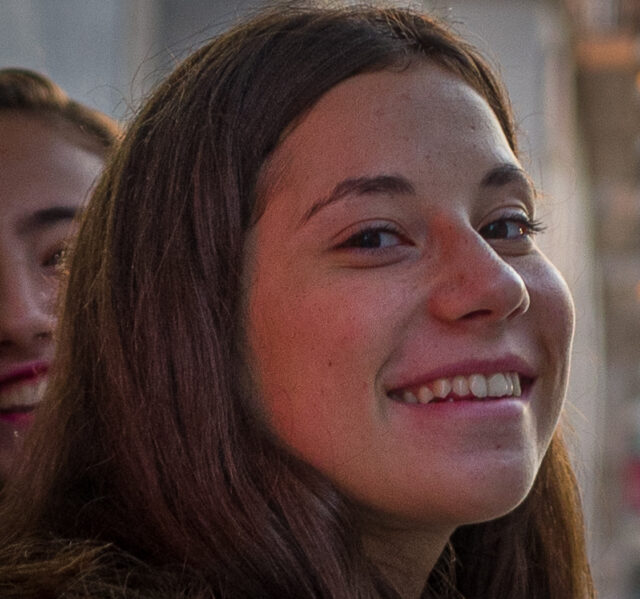
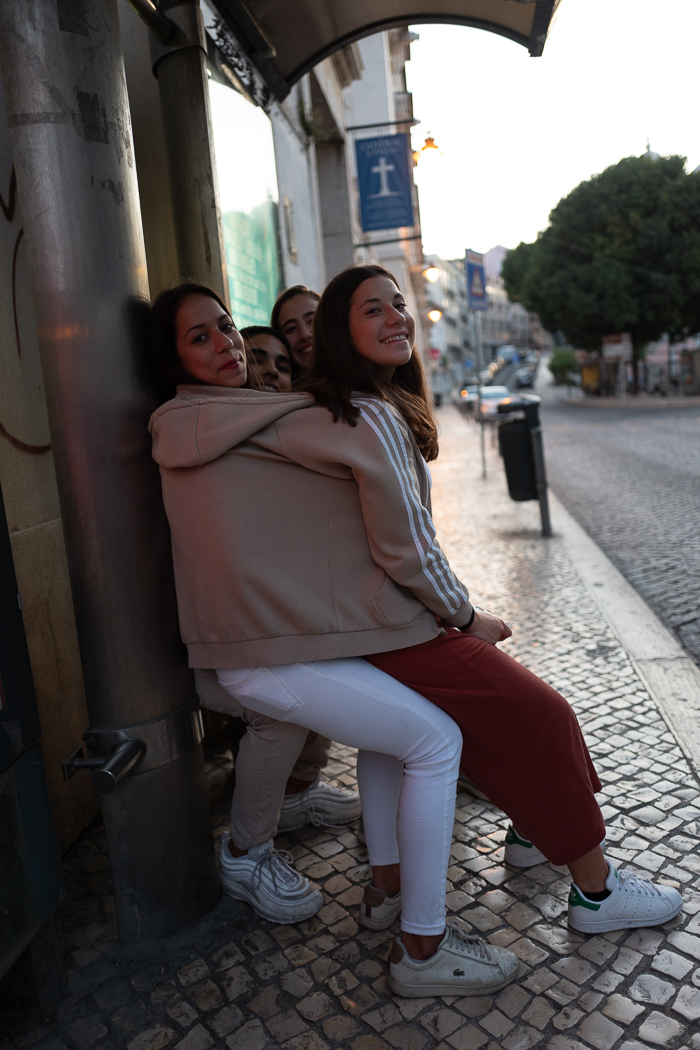
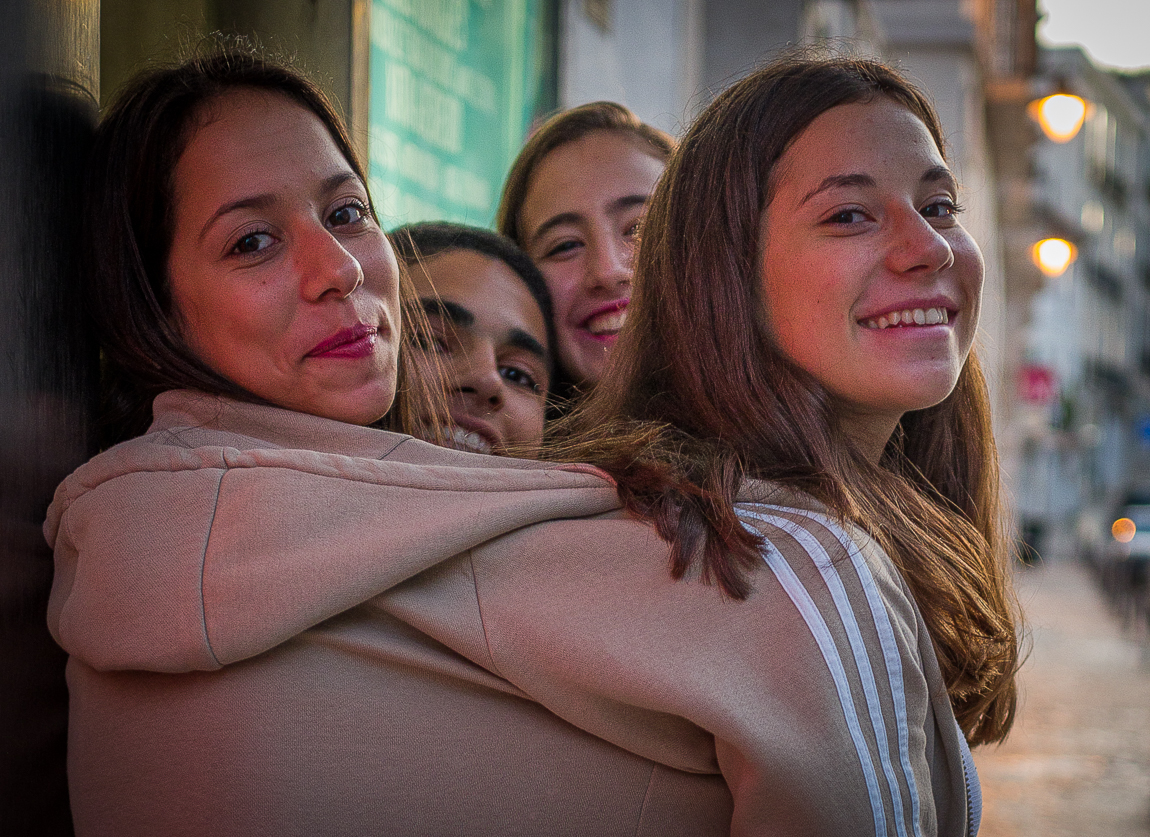
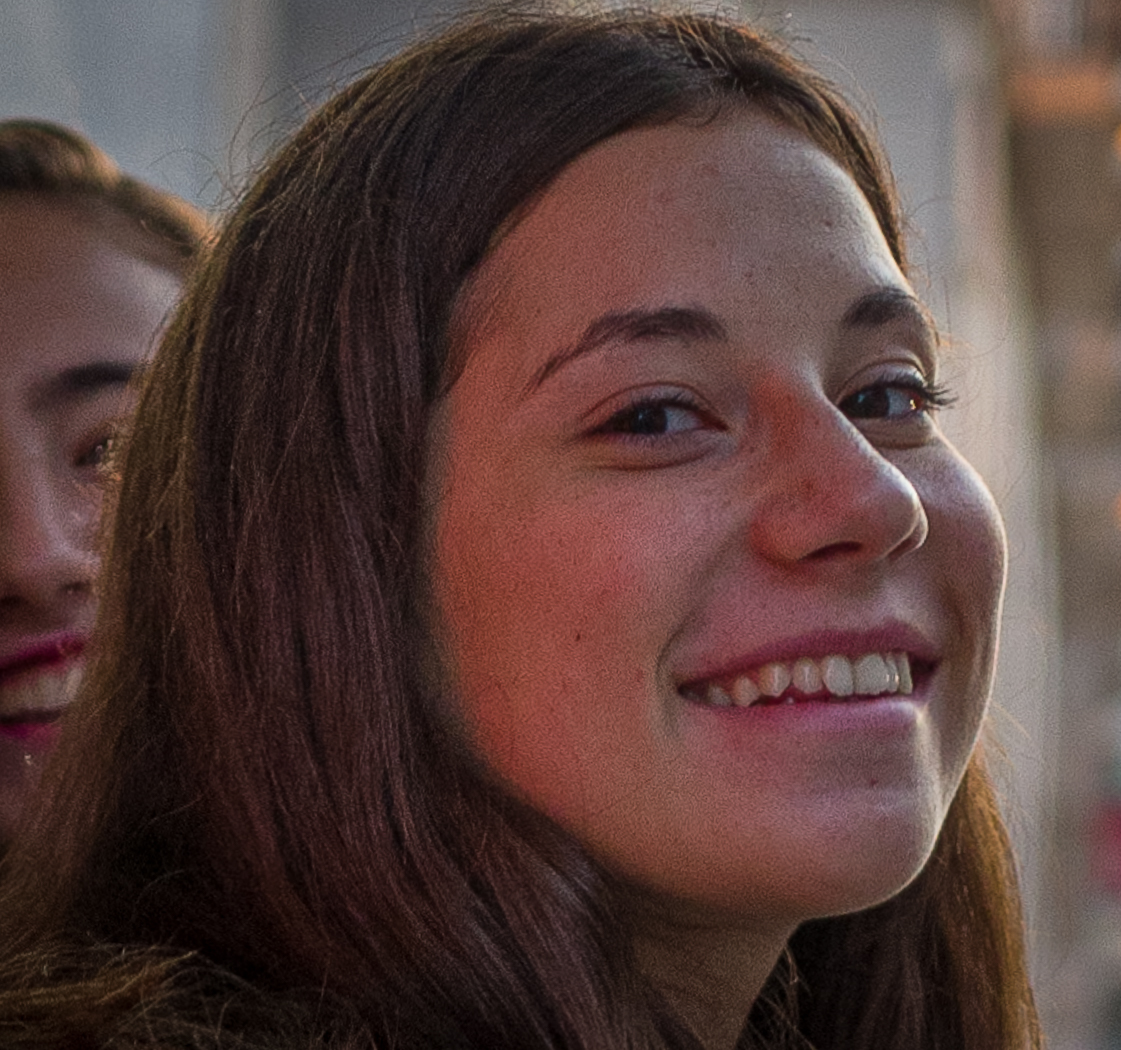
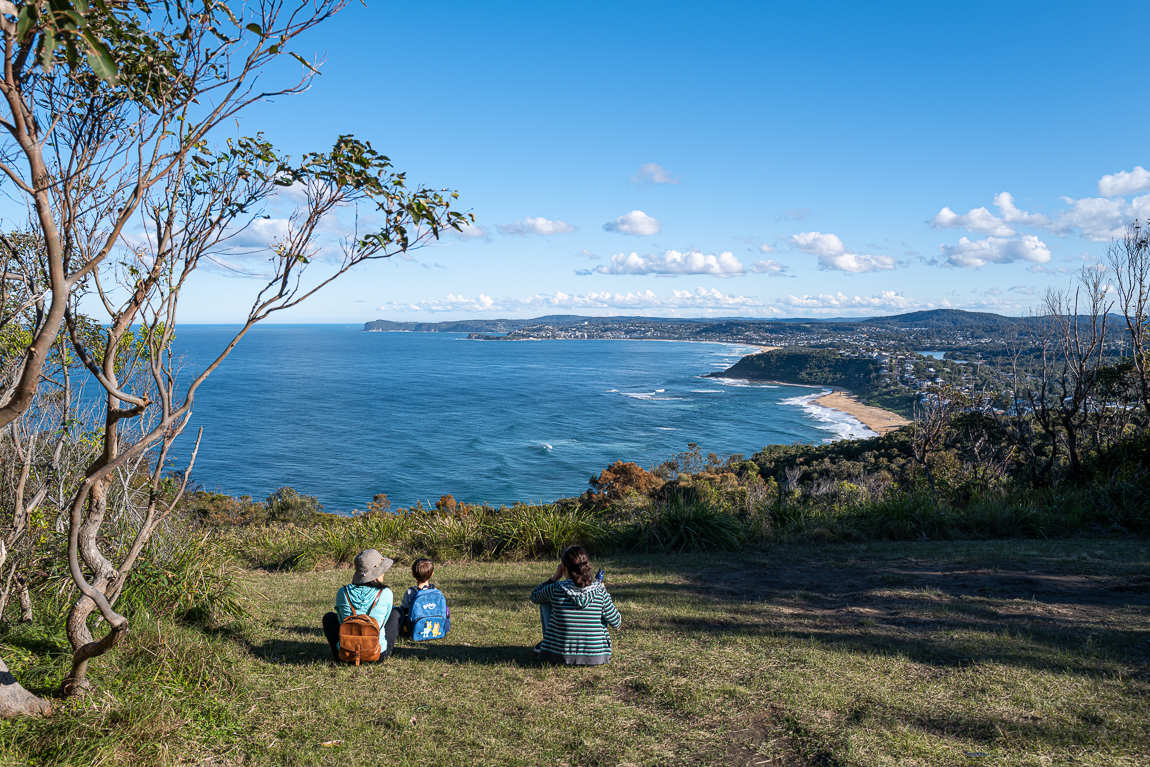
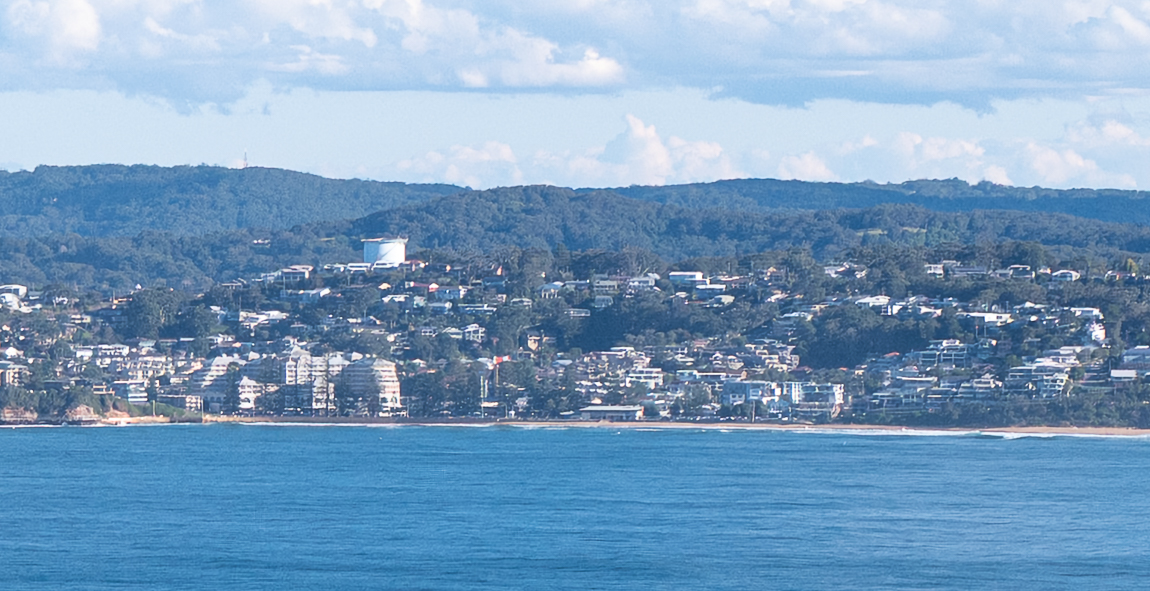




John, I admire the fact that you had spotted the water tower before you did the blow up. With my eyesight issues I would never see such a thing. Computational photography is on its way, but I’m wondering what it is going to do to lens sales. I did something similar, but not as dramatic in blow up scale, about 10 years ago in Granada in Spain. I will send the two photos to Mike by email now and he can post them if he wants. I was using a ‘good’ lens, a 75mm Summarit. I have to believe it was a ‘good’ lens as Dr Kaufmann told me it was when I took a photograph with it of himself and Mike together in Wetzlar about 3 years ago.
Thanks John for drawing my attention to a feature of Lightroom that I was not aware of. I’m sure I’ll think of some way that I might use it. Now, I’ll get back to thinking about how I might scan some 170 year old wax negatives that are about to come my way. They might even Super Resolve/Enhance in Lightroom!
William
Always good to read you when you are on to something new, John. It happened when you went from X to Q, and now it’s happened again. Who would ever have thought enhanced resolution would be necessary when there is a Q2 around?!
My predictive text experience concerns my name.
Philip is offered as Phallic, a much more common variant.
Prince who?
Cheers Phallic
Farhiz, as you would expect it really only works with DNG/RAW files. I have tried it on a jpeg file and a scanned file. As you would expect the jpeg file was only marginally improved -not worth doing-and with the scanned file it seems to have made the image worse!
Gosh, what with the paparazzi hovering around Macfilos readers now one will have to contend with an amateur with a Lightroom subscription.
John, the water tank crop is amazing. I would be interested to know if this kind of enhancement is restricted to DNG/RAW or is it possible with a scanned image as well. I would guess the bigger the file better the result.
Topaz to the rescue. Topaz jpeg to raw AI will do the trick for you. You can try it for free. Their products are amazing. Their sharpen and denoise AI blow Adobe out of the water. The products can be used in auto mode or manually adjusted and with masking abilities. I think I saw a 30 percent off sale on leica rumours. There are great tutorials available. The compare modes are brilliant.
Thanks Brian-I would love to give this a try. I have some jpegs scans in very low resolution, on screen and in small prints of 3×5 they’re okay but anything larger and it gets very pixelated.
Let us know how it goes. I own the software but have not had to use it. It is part of my amazing Topaz package that I have owned for more than 10 years.
I bought the Topaz suite, but I really was not convinced by any of the results and now it’s the shelfware I always wanted to sell!
.
I – occasionally – use a similar program called Topaz Gigapixel AI. It’s one of a suite of Topaz programs, called, variously, DeNoise AI, Sharpen AI and Video Enhance AI (..the ‘AI’ is for Artificial Intelligence; it’s ‘trained’, like the Adobe version, by examining thousands of other pictures).
It, too, can successfully blow up photos to new sizes, and reveal otherwise unnoticeable segments in great detail. ‘Sharpen AI’ has the trick of not simply sharpening photos, but ‘intelligently’ focusing blurred images. Really. DeNoise does what you expect (though I sometimes use Noise Ninja for that).
Video Enhance AI does the same trick as Gigapixel AI (making photos appear sharp at much enlarged sizes) but does it – frame by frame – with video ..rendering scans of old 8mm movies, for example, amazingly sharp, and doing the same for old 8mm and VHS video, as well as more recent, more-detailed-format video. But that needs a fast and super-capable Mac, so I bought one of those (much disparaged, though perfectly good for me, as I use several external discs) waste-paper-bin (circular) Mac Pros, and refitted its innards with the very latest screaming-fast parts. (My old ‘daily driver’ mid-2013 MacBook Air hasn’t enough grunt to cope with video enhancement, though it’s still great for video editing.)
Things just get better, year by year, don’t they?
Old, indistinct photos can be ‘upgraded’ to be almost as sharp – and sharply focused – as today’s latest pics ..and 30- or 40-year-old video can – incredibly – be polished up to look as good as new!
Just think how good today’s photos will look in 50 years’ time ..they’ll probably morph into 3D holograms!
Wow, It’s a exiting thought we might not need such as vastly expensive Leica lenses in future, or even the likes of 47mp if Adobe’s promised post process extra definition really does do what it says on the tin, indeed even the cheapest lenses might soon be able to surpass whatever any of our cameras can currently offer. Exiting times ahead I suspect.
Well, if my experiment with it is anything to go by, it doesn´t really sharpen the image, only double its linear resolution (i e quadruple the pixel count). If one compares a slightly unsharp original image at 100 % with the “enhanced” version at 50%, they look virtually identical. So a “cheap lens” image when enhanced remains a blownup “cheap lens” image: no more detail has magically been added. Not very surprising, if one thinks it over; no algorithm could possibly “invent” detail that isn´t there to begin with.
Per, I have to disagree. As the saying goes “the proof of the pudding is in the eating”. In both the examples in my story massive enlargements of the non Enhanced original images are just a blurry mess. AI does “beef up” the detail in the images. Of course in my examples the original images are very sharp but Enhance “retains: this sharpness at high magnifications.
I cannot accept that “no algorithm could possibly invent detail …”.As Mike points out in his comment below that is exactly what happens in smartphones otherwise how could such tiny sensors and basic lenses turn out such high quality images? The growing use of AI in photography is exactly why Leica has set up a research facility based I believe in California,to develop computational photography.
Although the results are sometimes comical predictive text is an everyday example of algorithms “inventing”.
All this maybe anathema to traditional photographers with cupboards full of expensive lenses but it’s real.
As Bob Dylan said “times they are a changing” -Today he would add “very quickly”.
OK, disagreement can be a good thing…;-) The thing that got me started was not in your text, but Don´s conjecture that “even the cheapest lenses might…&c”.
And, your final super print demonstration is an excellent counter-example. A “cheap lens” wouldn´t have recorded much detail about the buildings, trees &c far across the water, and that´s what the algorithms have to work from. How could it reconstruct exactly “your house on the hill” from a general blur?
Super resolution will quite likely prove a good tool to improve massive crops, but only if the lens/sensor quality is good enough to get enough info to start that improvement with.
I suspect this sort of digital enhancement is much the same as smartphones manage when turning out such good pictures against all the normal laws of physics. I’ve always thought that applying similar techniques to large-sensor cameras would lead to outstanding results. I am sure we will see more of this in the future.